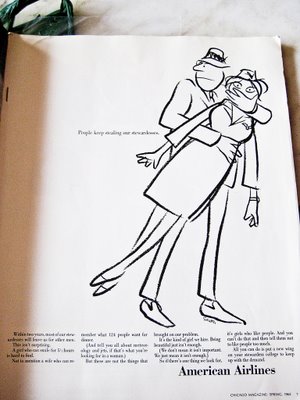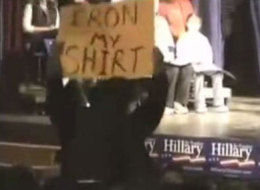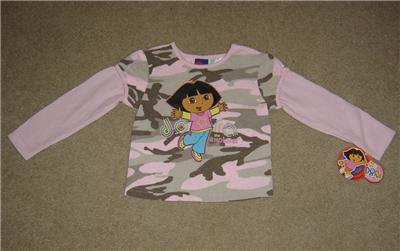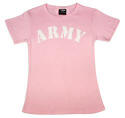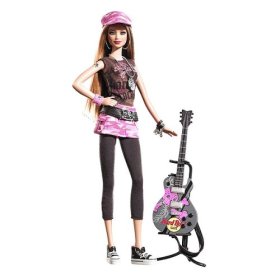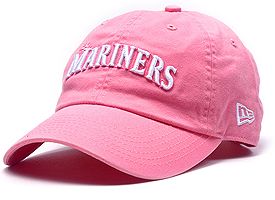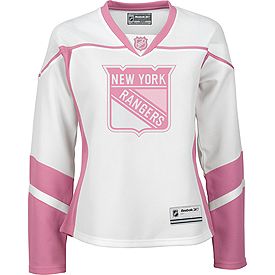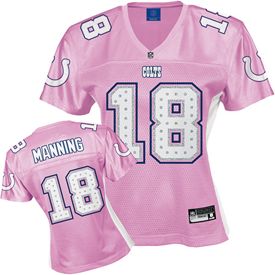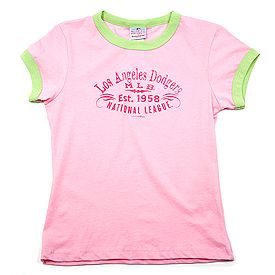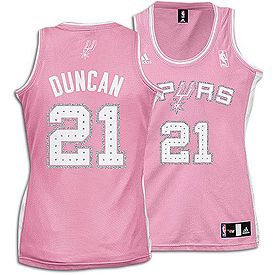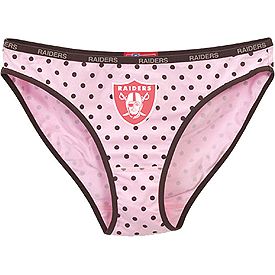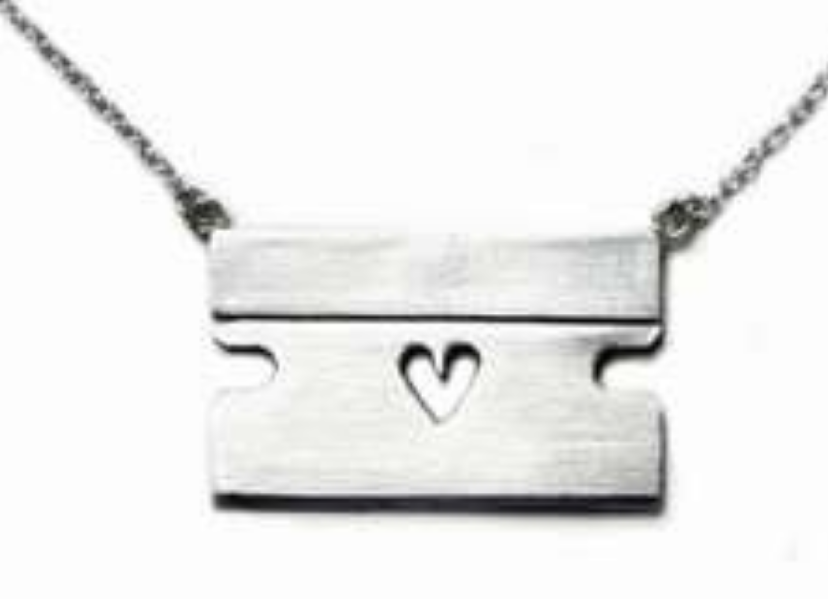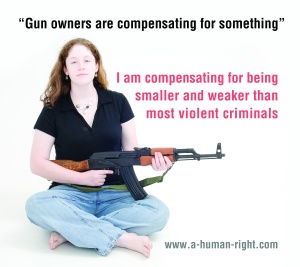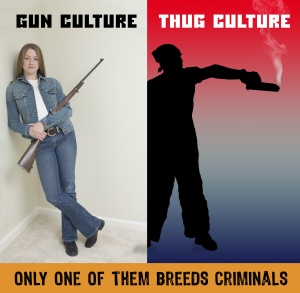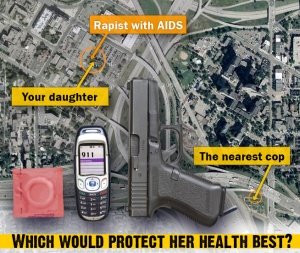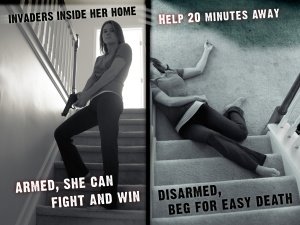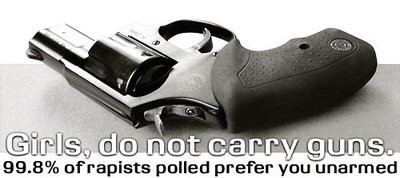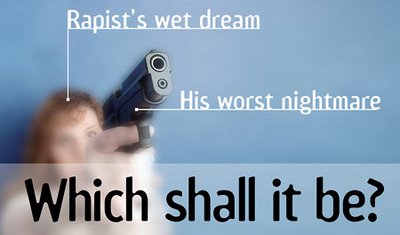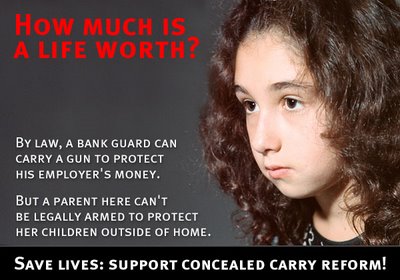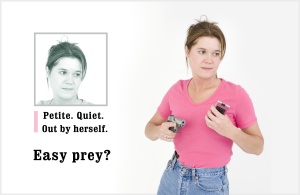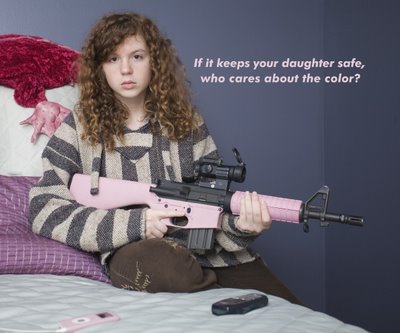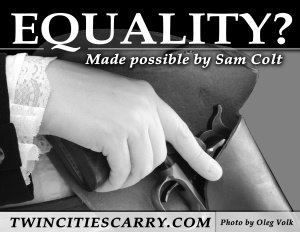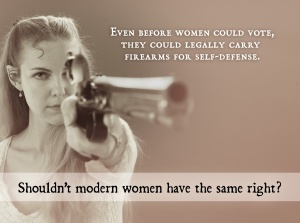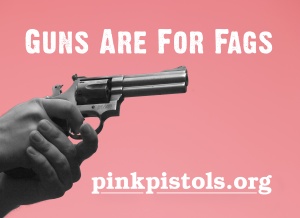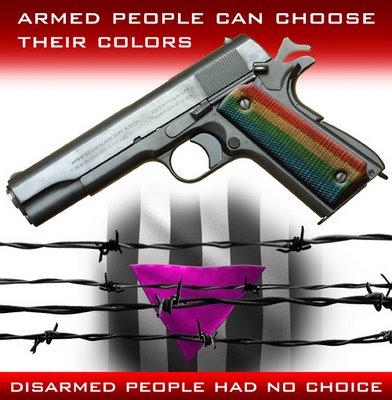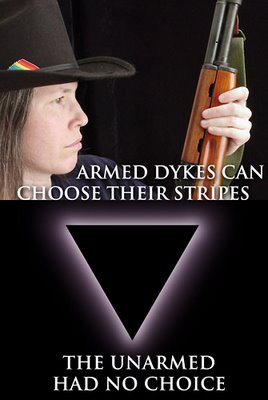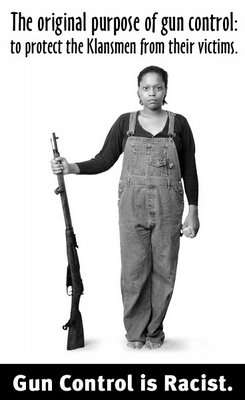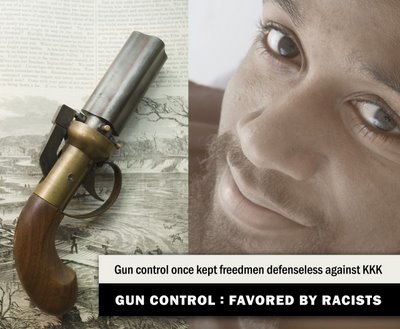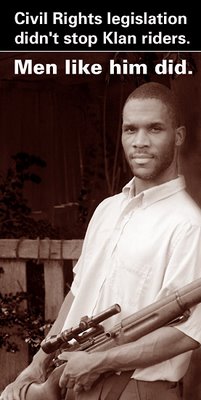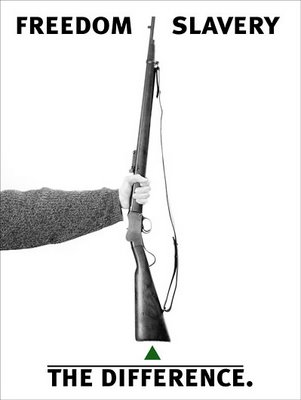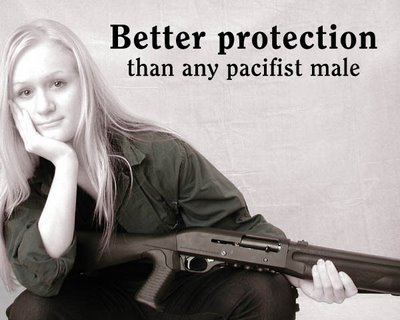Here is a link to a website sponsored by Tampax and Always about their work with the UN to give pads to girls in Africa, supposedly because these girls miss school each month because they don’t have pads to wear.
Here is a t-shirt you can buy to support the program. It says “Use your period for good”:
 The t-shirt costs $21.99. Of this, $1 goes toward the program.
The t-shirt costs $21.99. Of this, $1 goes toward the program.
This brings up all kinds of issues–for instance, where does the other $20.99 go? To Tampax and Always? What do these companies stand to gain from this? Positive publicity or lifelong customer loyalty in Africa?
It could also be used as part of a discussion about consumption and activism–the idea we have now that you can just buy something if you want to fix a social problem. If you pick up any fashion magazine, there will be a page or an article in it telling readers they can change the world by buying some product–nevermind that only a tiny part of the purchase price goes to the charity.
For other examples of shopping as activism, look here, here, and here.

